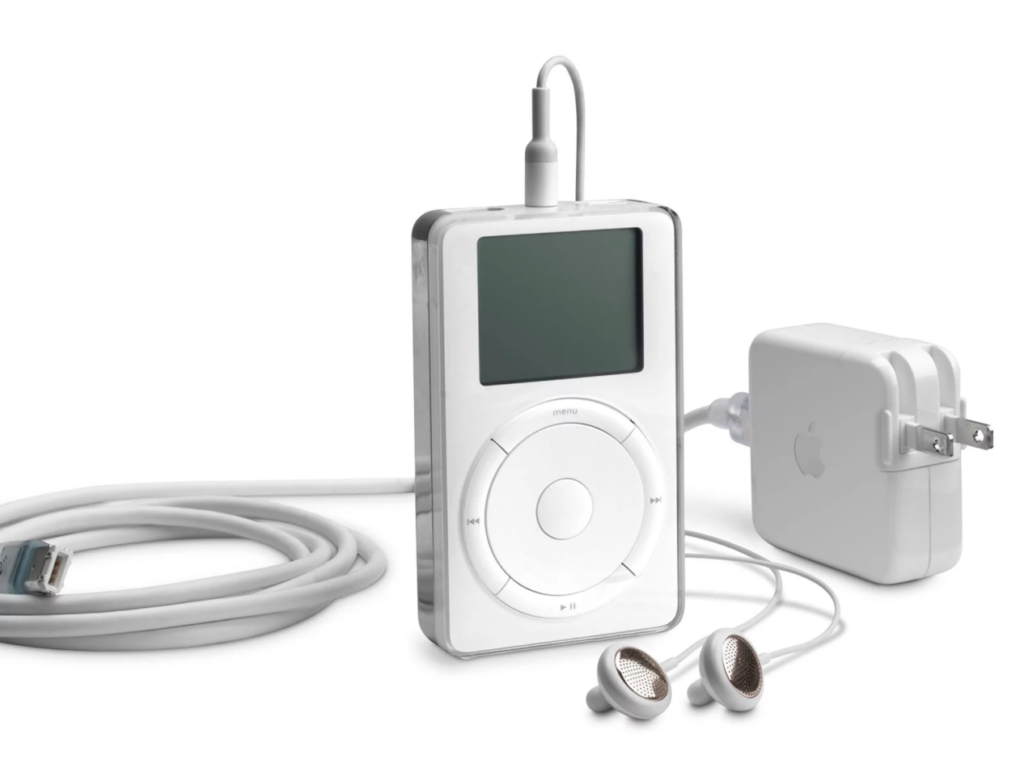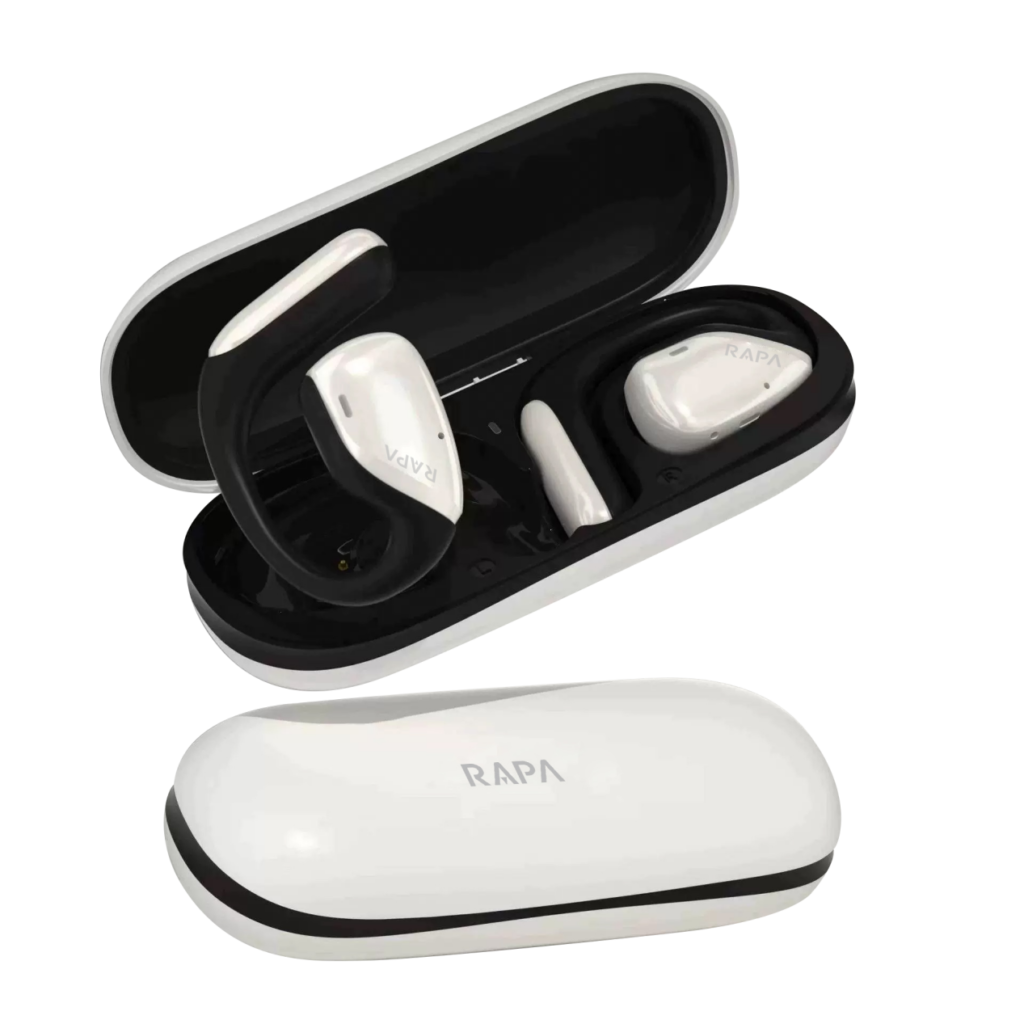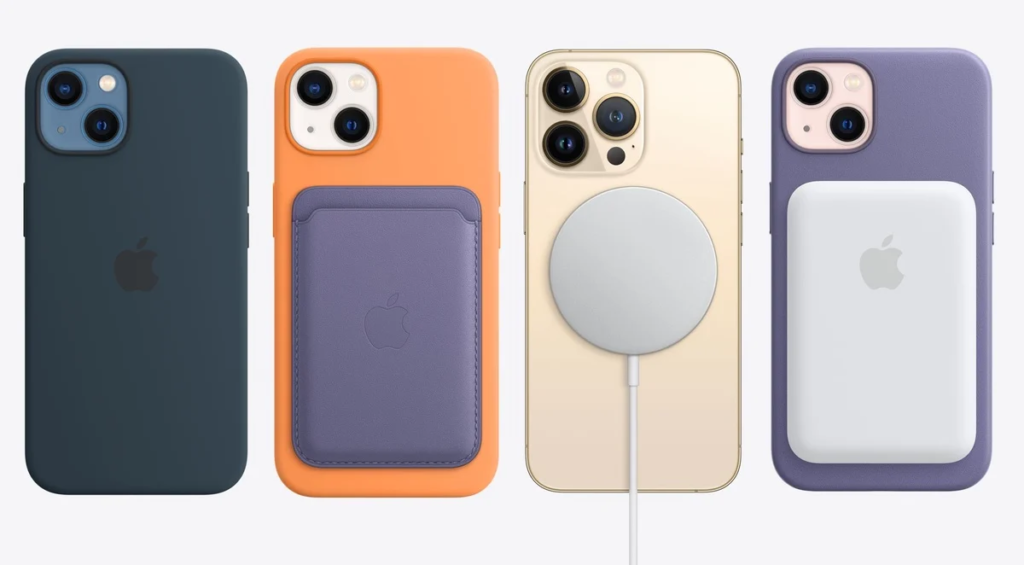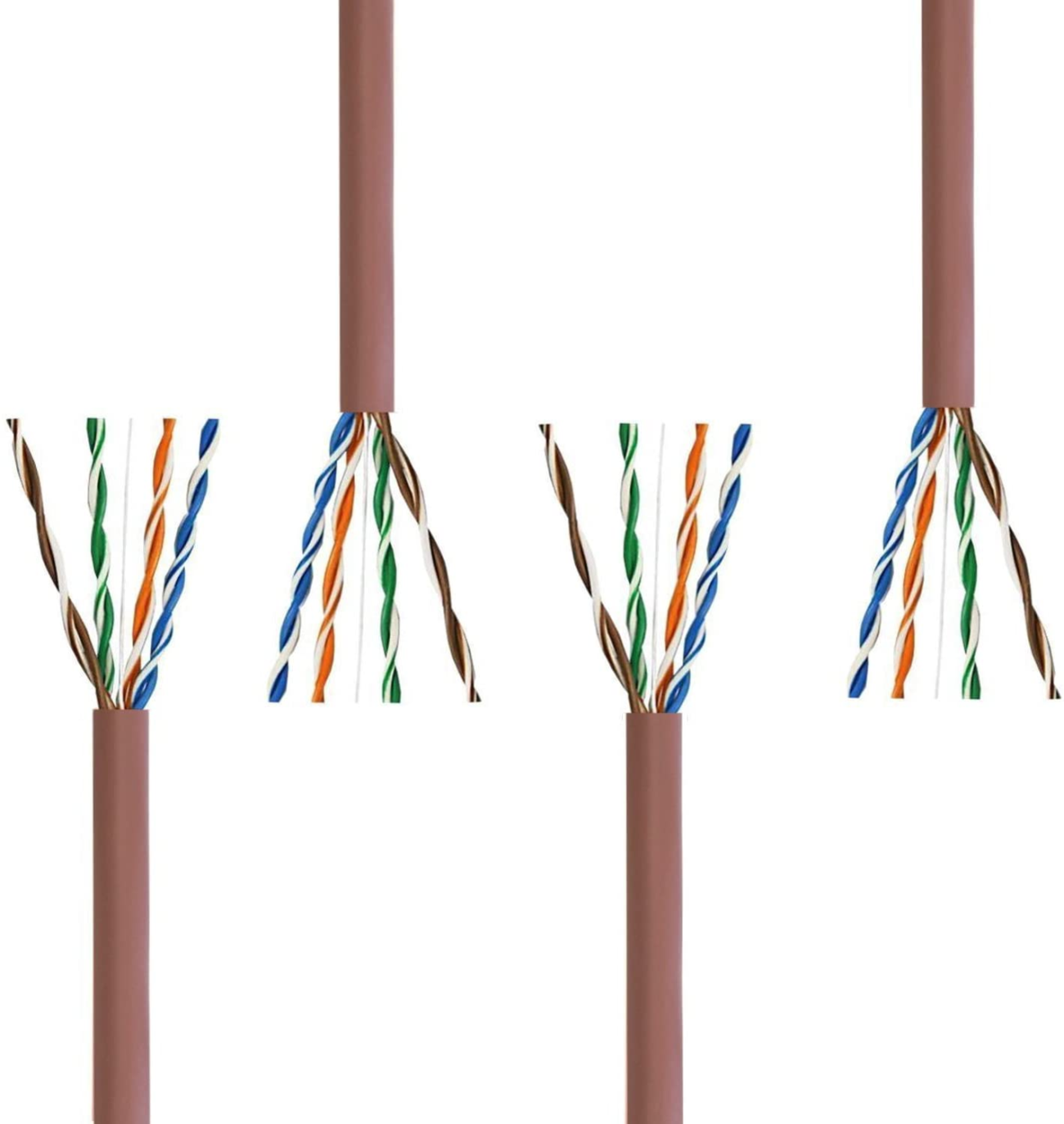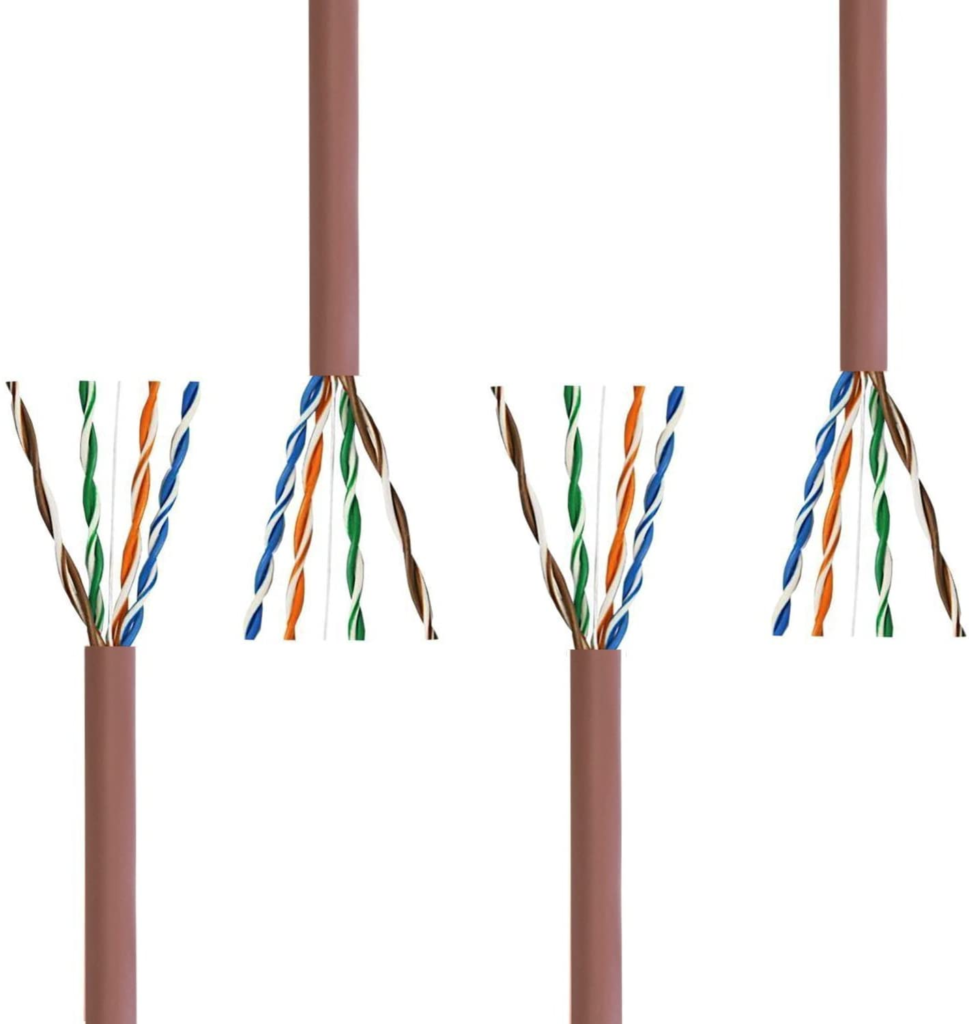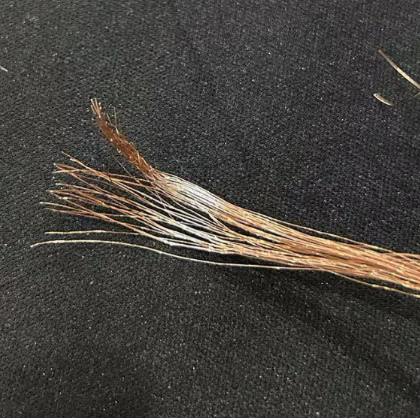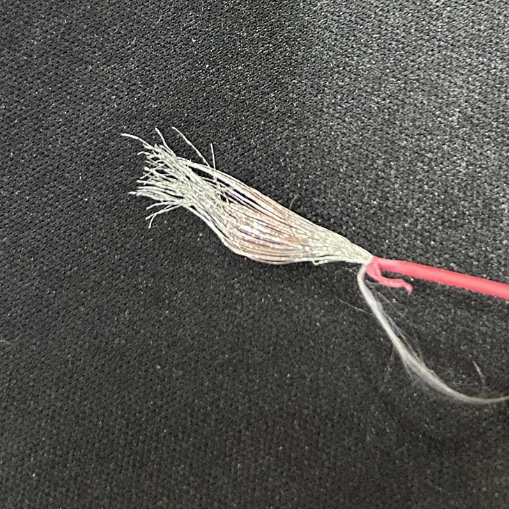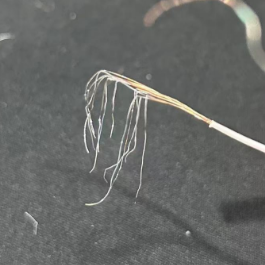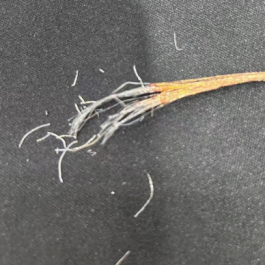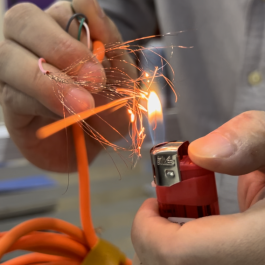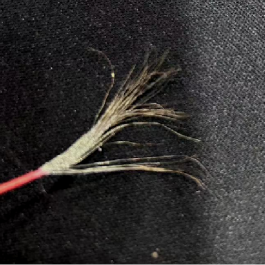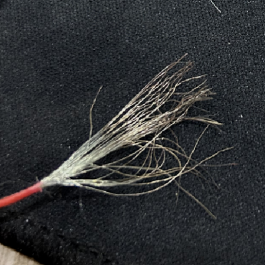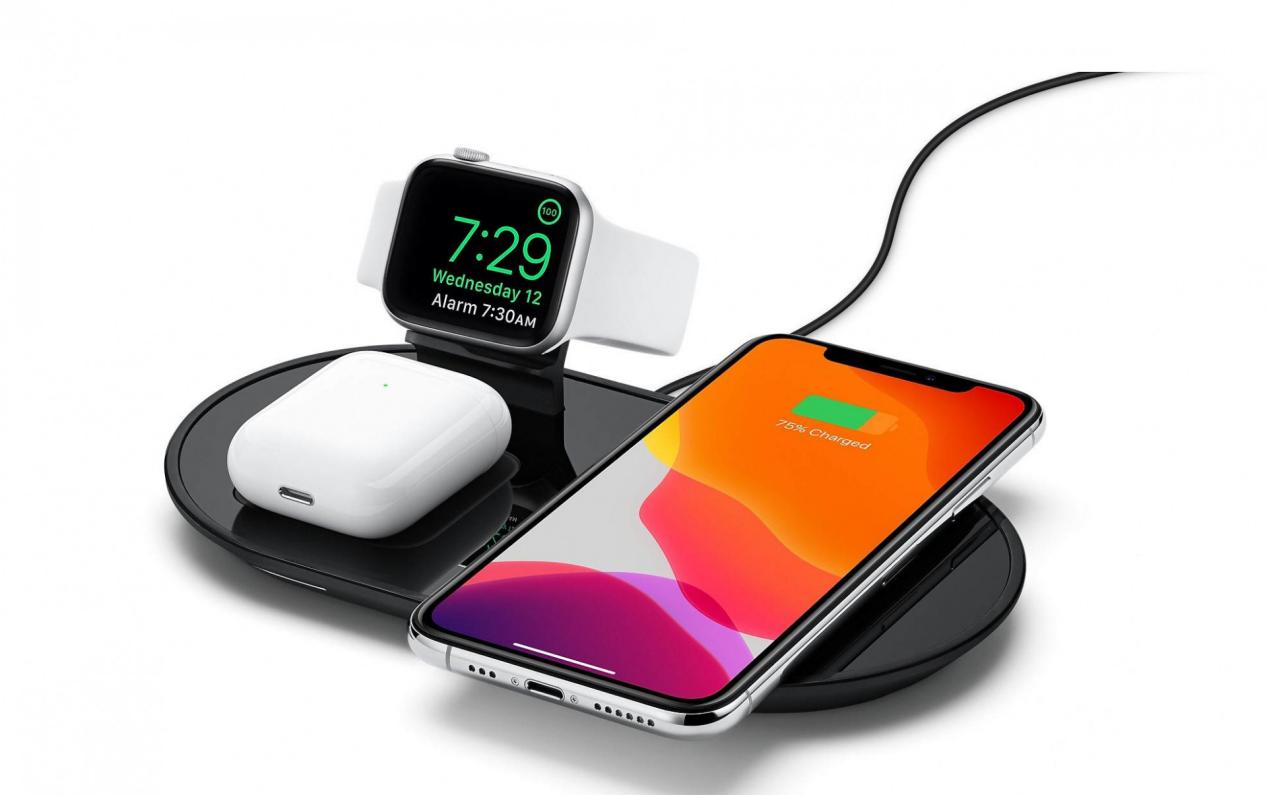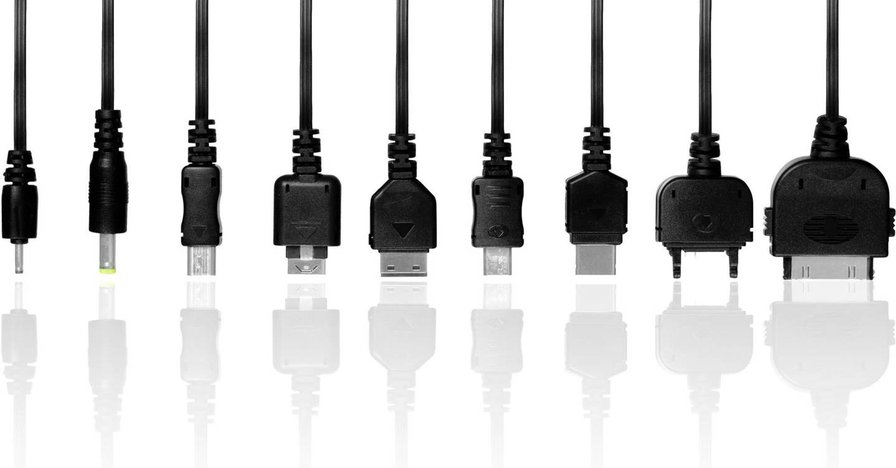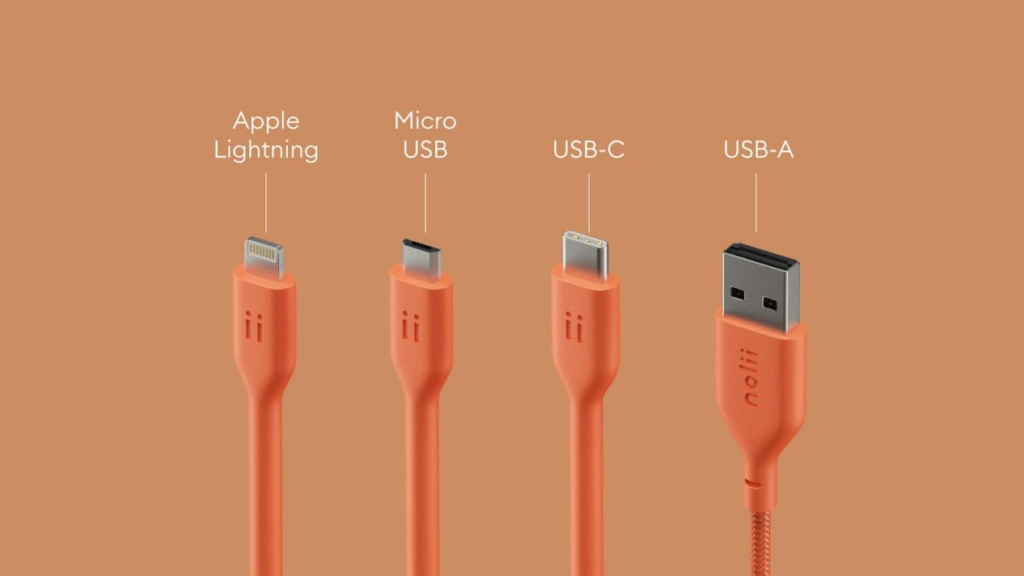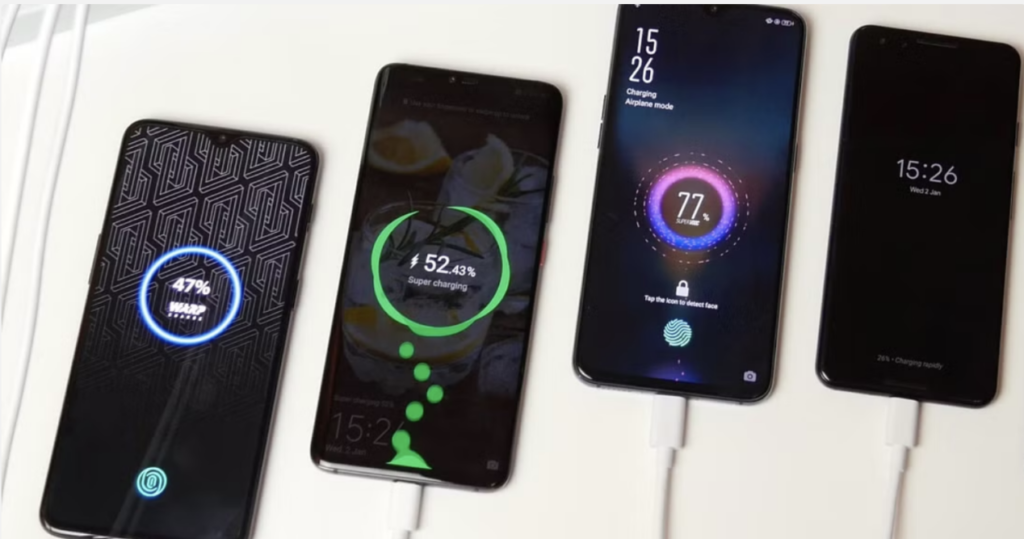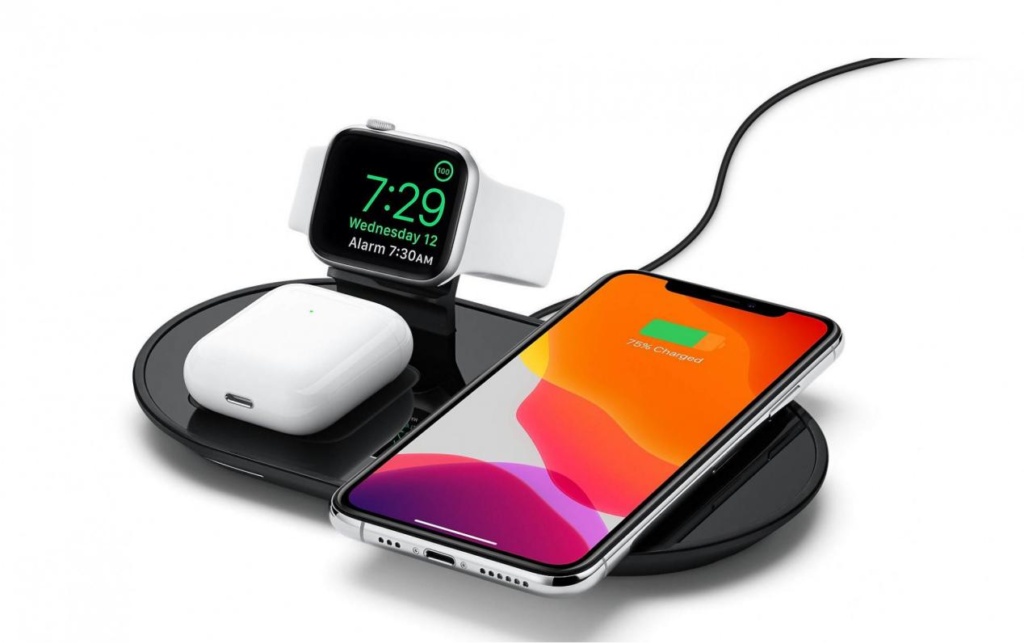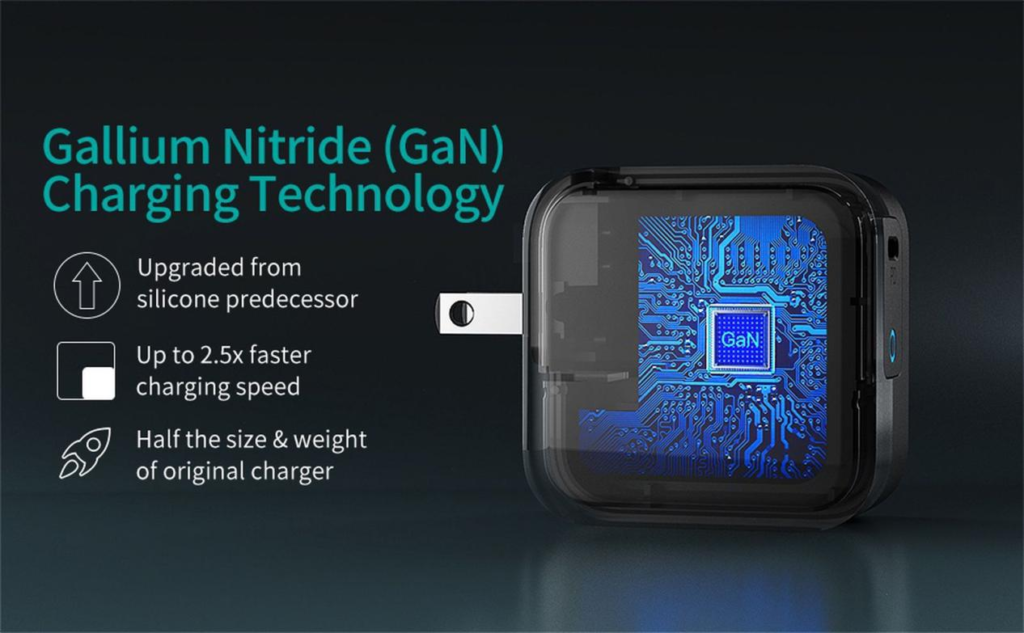Freedom is Calling — Are You Ready? | rexi

You’re running through life.
Late-night drives.
Messy beaches.
Weekend escapes.
And every time your battery flashes that red warning, you know — freedom is slipping away.
rexi was built to stop that feeling.
We give you power that lasts. Safety you never think twice about.
So you can live fast, live wild, live free.
rexi. Charge Safely. Live Freely.
What Makes rexi Different?
We don’t just “build” cables.
We armor them.
We don’t just make chargers.
We create lifelines for your adventures.
Overheat Protection ✅
Surge Proof ✅
Fast Charge Optimized ✅
Built for Chaos ✅
rexi means your power won’t betray you. No matter how crazy life gets.
🌍 For the Wild Ones
You’re not made for a slow life.
Neither are we.
Whether you’re hiking volcanoes, working late in neon cities, or surfing Wi-Fi signals across continents—rexi charges your freedom.
No stress. No fear. Just power.
🎯 Why Trust rexi?
- 3,100+ stores across Asia
- Trusted by creators, travelers, students, dreamers
- Built with international-grade safety standards
We started small.
We grew fast.
Because once you experience true freedom, you don’t settle for less.
🚀 Ready to Live Unstoppable?
Never let a dead battery kill the vibe again.
Get rexi.
Charge Safely. Live Freely.




